You can use an anisotropical DBSCAN by modifying your data this way : value of anisotropy >1 will find vertical clusters and values <1 will find horizontal clusters.
from sklearn.cluster import DBSCAN
def anisotropical_DBSCAN(X, anisotropy, eps, min_samples):
"""ANIsotropic DBSCAN clustering : some documentation would be nice here :)
returns an array with """
X[:, 1] = X[:, 1]*anisotropy
db = DBSCAN(eps=eps, min_samples=min_samples).fit(X)
return db
Here is a full example with data :
import numpy as np
from sklearn.cluster import DBSCAN
from sklearn.datasets import make_blobs
centers = [[1, 1], [-1, -1], [1, -1]]
X, labels_true = make_blobs(
n_samples=750, centers=centers, cluster_std=0.4, random_state=0
)
print(X.shape)
def anisotropical_DBSCAN(X, anisotropy, eps, min_samples):
"""ANIsotropic DBSCAN clustering : some documentation would be nice here :)
returns an array with """
X[:, 1] = X[:, 1]*anisotropy
db = DBSCAN(eps=eps, min_samples=min_samples).fit(X)
return db
db = anisotropical_DBSCAN(X, anisotropy = 0.1, eps = 0.1, min_samples = 10)
core_samples_mask = np.zeros_like(db.labels_, dtype=bool)
core_samples_mask[db.core_sample_indices_] = True
labels = db.labels_
# Number of clusters in labels, ignoring noise if present.
n_clusters_ = len(set(labels)) - (1 if -1 in labels else 0)
# #############################################################################
# Plot result
import matplotlib.pyplot as plt
# Black removed and is used for noise instead.
unique_labels = set(labels)
colors = [plt.cm.Spectral(each) for each in np.linspace(0, 1, len(unique_labels))]
for k, col in zip(unique_labels, colors):
if k == -1:
# Black used for noise.
col = [0, 0, 0, 1]
class_member_mask = labels == k
xy = X[class_member_mask & core_samples_mask]
plt.plot(
xy[:, 0],
xy[:, 1],
"o",
markerfacecolor=tuple(col),
markeredgecolor="k",
markersize=14,
)
xy = X[class_member_mask & ~core_samples_mask]
plt.plot(
xy[:, 0],
xy[:, 1],
"o",
markerfacecolor=tuple(col),
markeredgecolor="k",
markersize=6,
)
plt.title("Estimated number of clusters: %d" % n_clusters_)
You get vertical clusters :

Now change the parameters to db = anisotropical_DBSCAN(X, anisotropy = 10, eps = 1, min_samples = 10) I had to change eps value because the horizontal scale and vertical scale arent the same, but in your case, you should be able to keep the same (eps, min sample) for detecting lines
And you get horizontal clusters :

There are also implementations of anisotropical DBSCAN that are probably a lot cleaner https://github.com/gissong/ADCN


